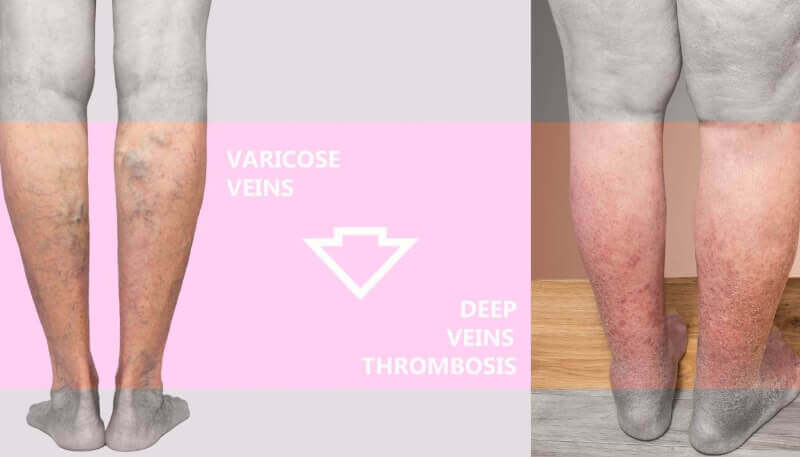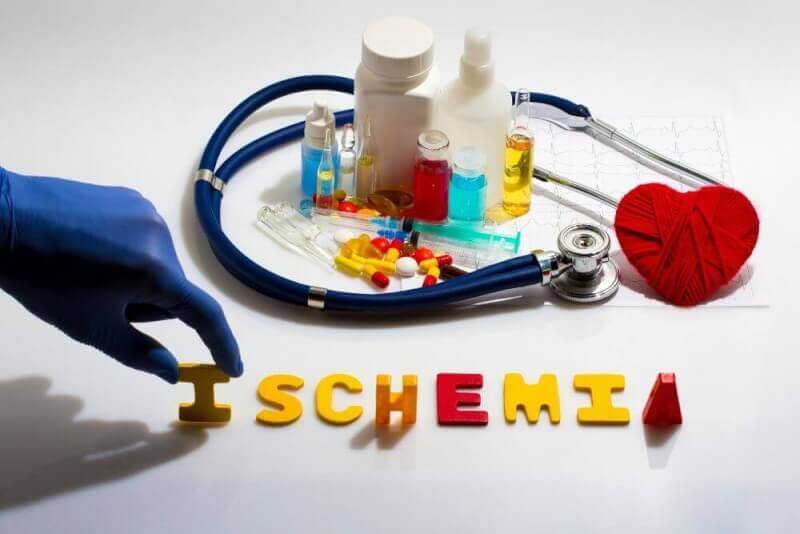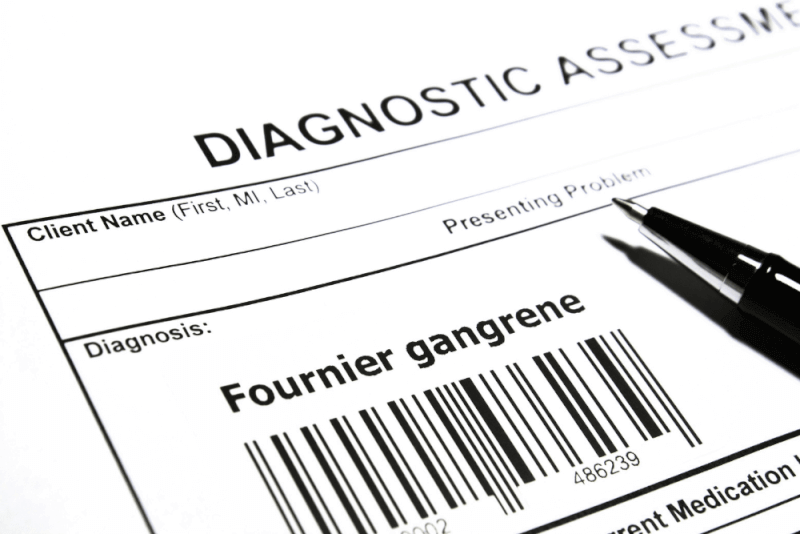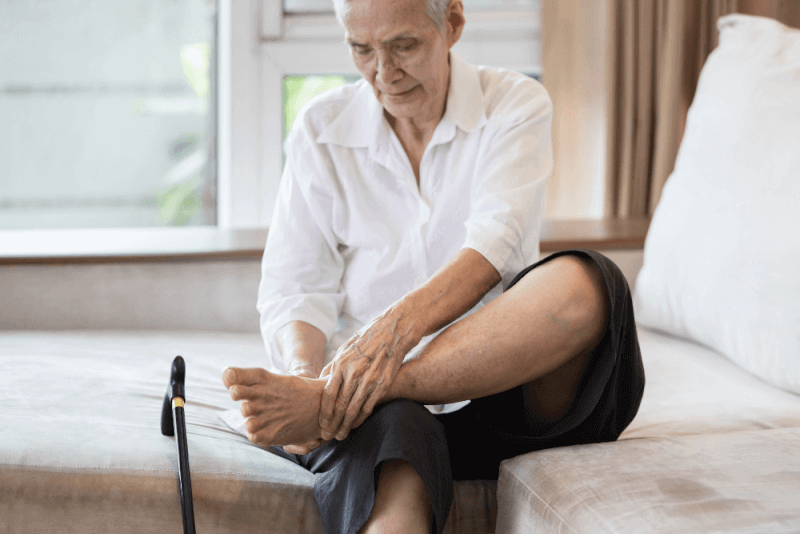Venous insufficiency, one of the most common vascular diseases in the community, is a condition affecting the veins. The veins, responsible for collecting deoxygenated blood in the body, direct the blood towards the heart.
What is Venous Insufficiency?
Venous insufficiency, the most common vein disease in the community, can be defined as the failure of the veins to prevent backflow. In individuals with venous insufficiency, instead of flowing towards the heart, blood in the veins flows in the opposite direction. The condition that causes the veins to become prominent is called varicose veins.
Venous insufficiency generally occurs due to problems with the valves in the veins or due to blockages. Over time, this condition can become chronic, leading to venous insufficiency.
Causes of Venous Insufficiency
In a healthy human body, blood in the veins of the arms and legs moves towards the heart. The valves in the veins prevent blood from flowing backward and ensure it reaches the heart. Venous insufficiency occurs when this flow is obstructed. Factors that cause venous insufficiency include the following:
- Sedentary lifestyle,
- Prolonged sitting or standing in a fixed position,
- Genetic predisposition,
- Superficial thrombophlebitis,
- Superficial or deep vein blockage,
- Muscle weakness,
- Leg injuries,
- Leg trauma,
- Cancer,
- Blood clots in the veins of the leg,
- Being female,
- Pregnancy,
- Being tall,
- Congenital vein valve insufficiency,
- Smoking,
- Obesity,
- Aging,
- Presence of varicose veins,
- Presence of blood clots in the veins,
Symptoms of Venous Insufficiency
Venous insufficiency can cause a variety of symptoms. The most common symptoms among patients include the following:
- Thickening of the skin on the legs,
- Thickening of the skin on the feet,
- A feeling of heaviness in the legs,
- Sores or redness on the legs,
- Swelling of the leg veins,
- Veins in the legs appearing blue or purple on the skin surface,
- Sores on the legs that do not heal for months,
- Numbness in the legs,
- Pain when the leg is raised or in a straight position,
- New formation of varicose veins,
- A feeling of fullness or restlessness in the legs,
- Tightness in the calves,
- Leg cramps,
- Discoloration of the skin, especially around the ankles,
- Leg ulcers,
- Itching in the legs,
- Swelling in the legs,
- Leg pain,
How is Venous Insufficiency Diagnosed?
To diagnose venous insufficiency, doctors first conduct a thorough physical examination. Then, imaging methods such as computed tomography, MR venography, MRI, intravascular ultrasound, or Doppler ultrasound are used to determine the source of the disease.
Treatment of Venous Insufficiency
When planning the treatment of venous insufficiency, factors such as the cause of the disease and the extent of damage to the blood vessels are considered. Various methods are used to treat venous insufficiency. These methods can be applied separately or in combination.
Compression Stockings
Compression stockings are one of the medical devices used to aid in the treatment of venous insufficiency. These stockings apply pressure to the veins to speed up blood flow from the ankles to the calves. To make them easier to use, compression stockings come in various types such as Velcro, zippered, or banded, and their use is recommended during the treatment period.
Elevating the Legs
Elevating the legs helps balance blood pressure and allows the veins to function more effectively. For this reason, it is recommended that patients with venous insufficiency rest their legs by elevating them for 30 minutes, 3 to 4 times a day.
Medication
Diuretic medications are among the primary treatments used for venous insufficiency. These drugs help reduce swelling in the legs. If there are sores on the legs, aspirin is recommended, and if ulcers are present, pentoxifylline may be prescribed.
Sclerotherapy
In this method, a saline or chemical solution is injected into the vein affected by venous insufficiency, causing the vein to harden. The hardened vein then shrinks and becomes less visible on the skin surface.
Massage
Massaging the legs helps improve blood circulation, which in turn reduces the pooling of blood in the veins affected by venous insufficiency.
Surgical Intervention
Surgical treatment options are recommended for patients with advanced venous insufficiency. Various surgical options are available for treating the condition.
Venous Ablation
Venous ablation is a surgical treatment method applied to patients with severe damage to the vein valves or vein walls. Over time, the body's natural process eliminates the non-functional veins, creating new veins in their place. In venous ablation, the vein affected by venous insufficiency is closed, prompting the body to form new veins. Nowadays, these surgeries are performed using minimally invasive techniques.
Vein Removal
Another method used in the treatment of venous insufficiency is the removal of the affected vein from the body.
Bypass
Bypass refers to the procedure of redirecting blood from the damaged vein to a healthy vein. This procedure can be performed using artificial veins or veins taken from another part of the body.
Angioplasty and Stenting
Angioplasty and stenting are used to open narrowed veins. First, angioplasty is performed to widen the vein, typically using a small balloon. Afterward, a stent is placed to maintain the shape of the vein.
Dietary Recommendations for Venous Insufficiency Patients
It is important for patients with venous insufficiency to maintain an ideal weight, as obesity is one of the main factors that can exacerbate the condition. Additionally, there are foods that patients should include in or exclude from their diet:
- Foods rich in rutin should be included in the diet. These include green tea, asparagus, figs, onions, citrus fruits, apple peel, cherries, grapes, and buckwheat.
- Blueberries,
- Watercress,
- Beets,
- Rosemary,
- Ginger,
- Green leafy vegetables,
Foods that should be excluded from the diet of venous insufficiency patients include:
- Refined carbohydrates,
- Sugary foods,
- Alcohol,
- Canned foods,
- Salty foods
Difference Between Venous Insufficiency and Varicose Veins
Venous insufficiency and varicose veins are different conditions. Varicose veins typically develop as a result of advanced venous insufficiency. Venous insufficiency occurs when the valves in the veins fail to function properly, leading to inefficient blood flow. The resulting dilation of the veins and their visibility on the skin surface is referred to as varicose veins.
Does Venous Insufficiency Cause Death?
Venous insufficiency or varicose veins do not directly cause death. However, the dilation of veins can lead to the formation of blood clots, which can travel to the lungs, brain, or other organs, potentially resulting in death. This is a rare occurrence.
What is Chronic Venous Insufficiency?
Chronic venous insufficiency occurs when the venous system is dysfunctional or insufficient over a long period. For venous insufficiency to be considered chronic, the veins in the legs must be unable to efficiently carry blood to the heart.
Symptoms of Chronic Venous Insufficiency
The symptoms caused by chronic venous insufficiency tend to be progressive. Symptoms that may be observed in chronic venous insufficiency include:
- Feeling of heaviness in the legs
- Feeling of fatigue in the legs
- Leg swelling
- Varicose veins
- Swelling around the ankles
- Itching
- Burning sensation
- Cramp-like pain
- Skin discoloration
- Rashes











